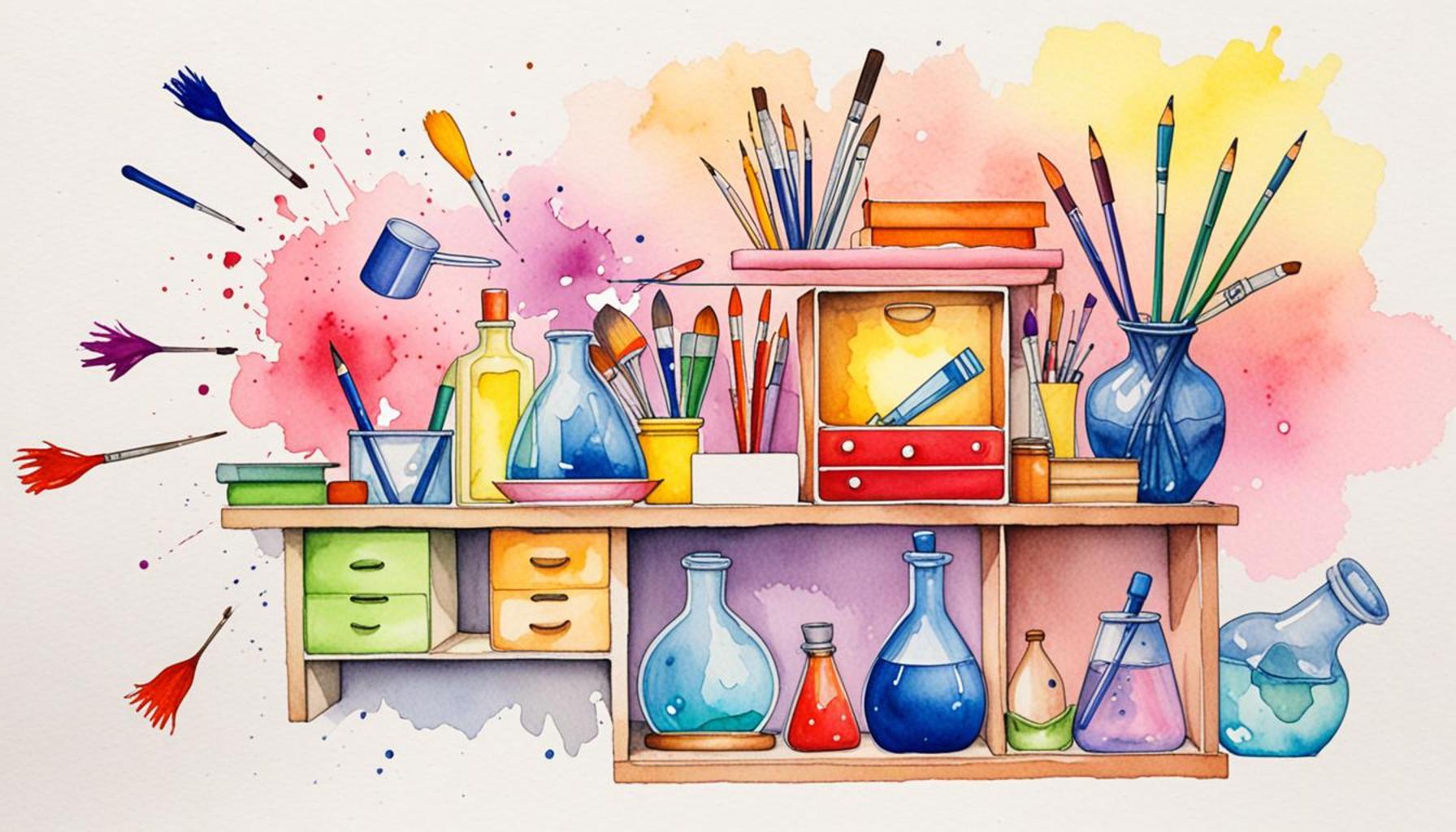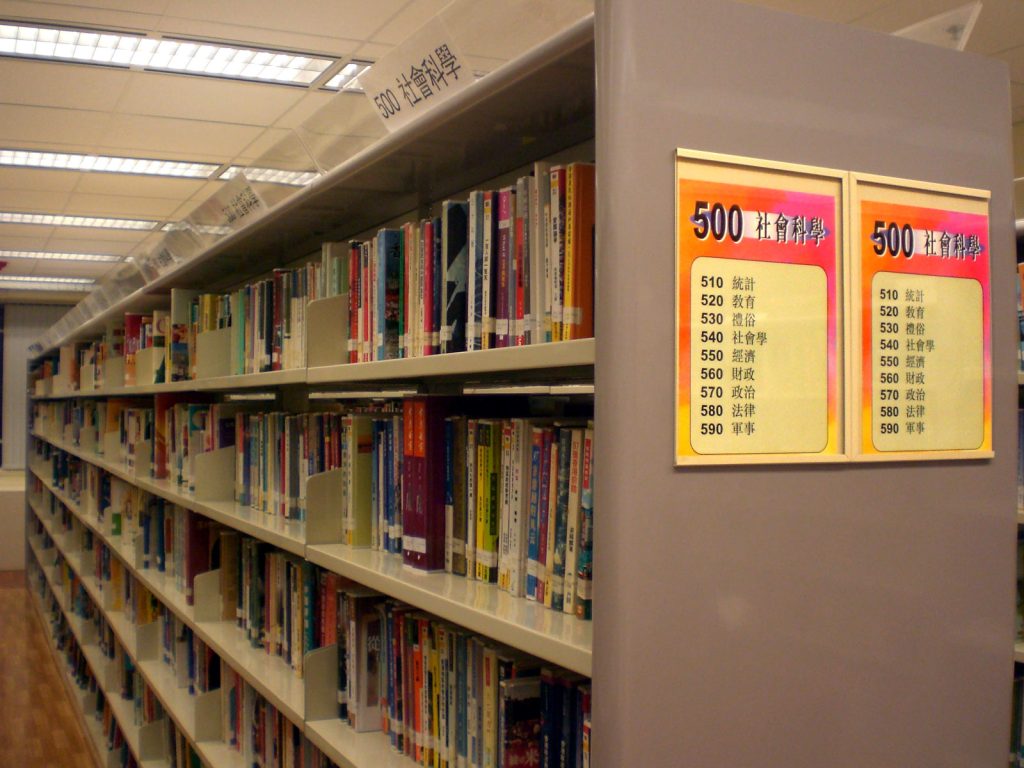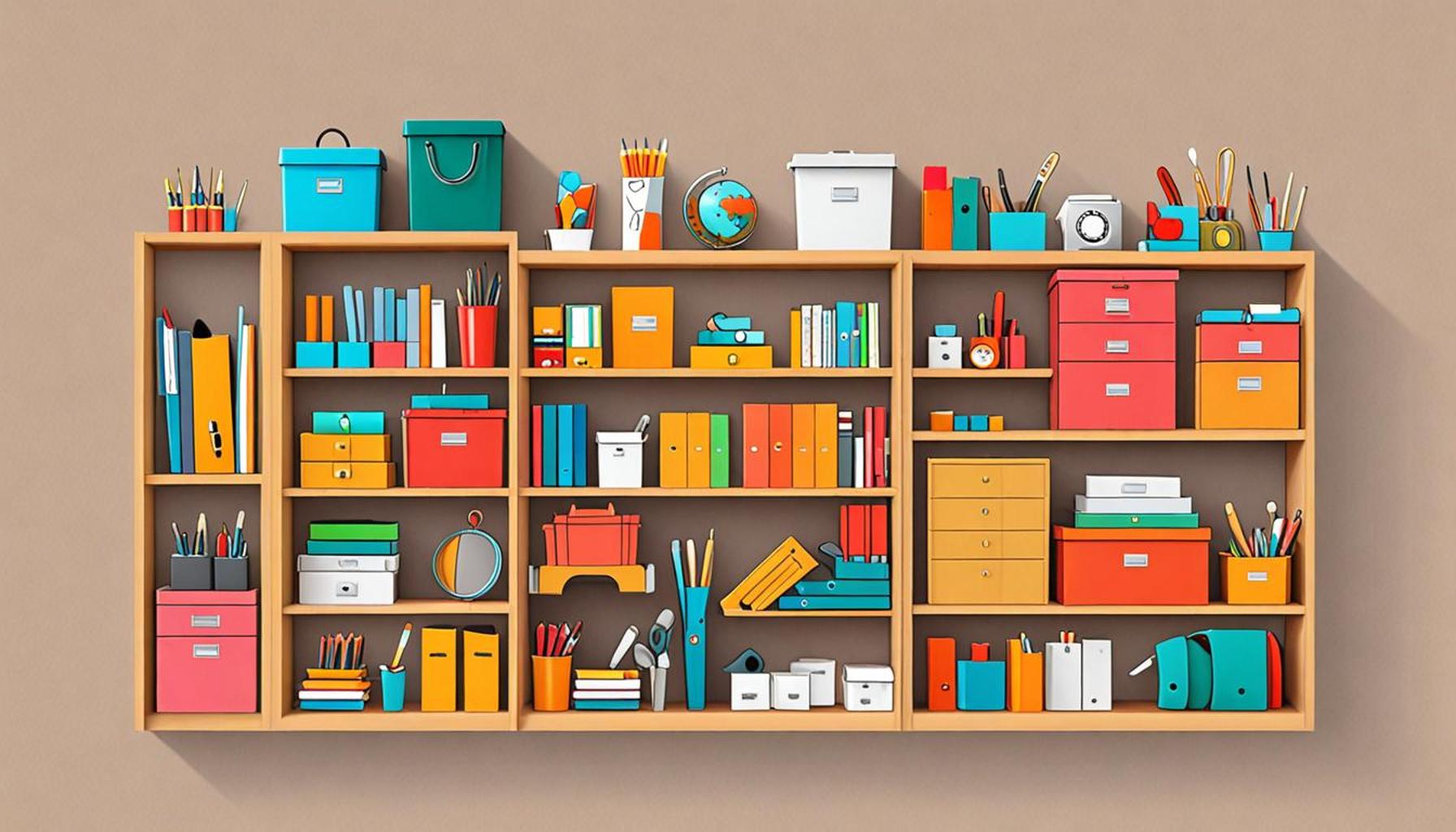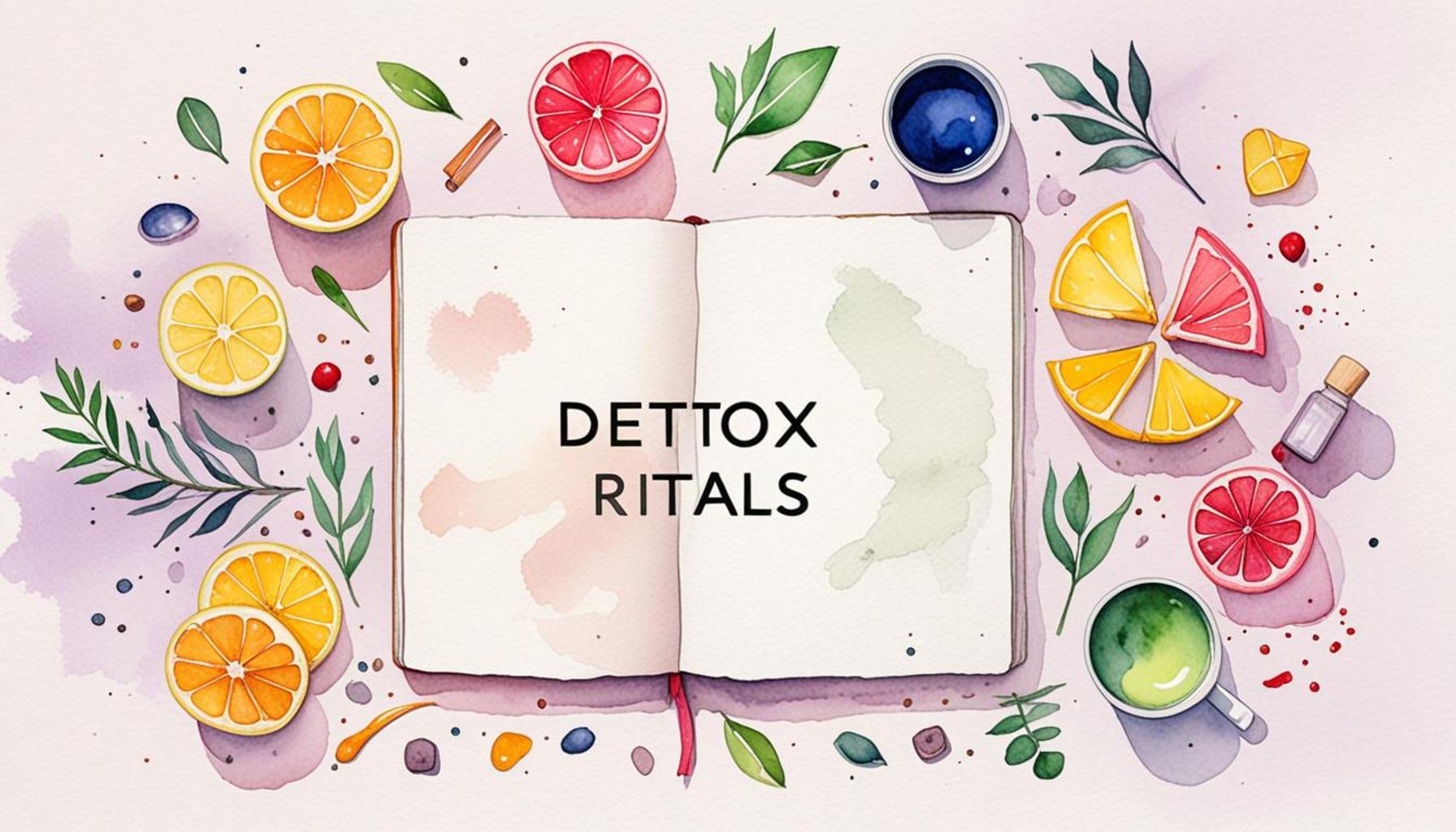Organization by Categories: How Classification Can Facilitate Letting Go

Understanding the Art of Organization
In today’s fast-paced world, clutter can often become overwhelming. The act of sorting our belongings into meaningful categories can provide clarity and relief. Organization by categories is more than just a tidy room; it’s a vital strategy that empowers individuals to take control of their spaces and minds.
The principle of organization hinges on classification—a method of grouping similar items based on shared characteristics. This approach not only simplifies our physical environments but also fosters mental clarity. When we categorize, we are essentially creating a framework that facilitates easier access to information and resources. For instance, a kitchen organized with utensils, spices, and ingredients stored separately can drastically reduce the time spent cooking, making meal preparation not just efficient but also enjoyable.
Understanding how classification works can open new pathways to letting go of things we no longer need. Consider the following benefits:
- Improved Focus: A categorized space reduces distractions, promoting better concentration. For students, having a well-organized study area can lead to higher academic performance, while professionals may find that a neat workspace enhances their productivity immensely.
- Emotional Relief: Letting go of unnecessary items creates a sense of freedom and lightness. Think about the relief one feels after decluttering a wardrobe full of clothes they never wear. This emotional release can significantly contribute to improved mental health and a sense of well-being.
- Enhanced Productivity: Organized systems streamline daily activities, making tasks easier and quicker. In a bustling market, vendors who have their goods organized and accessible can serve customers more efficiently, thereby increasing sales and customer satisfaction.
In Nigeria, awareness of the importance of organization is steadily rising. Many people are adopting practices that reflect this shift, from organizing household items effectively to establishing structured work environments. For example, local artisans might categorize their tools and materials to boost their craftsmanship, while families might implement systems for managing household chores more effectively.
Embracing this method can lead to profound lifestyle changes, not only in physical spaces but also in mental clarity. As we delve deeper into the principles of organization by categories, let’s explore how this practice can aid in the often challenging process of letting go. By recognizing what truly serves a purpose in our lives versus what is simply occupying space, we ultimately clear the way for growth and new opportunities.

As more individuals in Nigeria understand these benefits, we could witness a broader cultural transformation, where organization becomes not just a personal goal but a collective value that enhances community life.
CHECK OUT: Click here to explore more
The Power of Classification in Everyday Life
To truly grasp the benefits of organization by categories, it’s crucial to appreciate how classification operates in our daily lives. At its core, classification involves systematically arranging similar items, a method that speaks to our innate desire for order and efficiency. This practice can be seen in various aspects of Nigerian life, from the local markets bursting with colorful stalls to the neatly organized classrooms where children gather for lessons.
In Nigeria, where rapid urbanization and population growth often lead to chaotic living environments, organizing by categories can become a transformative tool. Think about the bustling marketplaces, where traders expertly group their goods—vegetables, textiles, and handcrafted items—in distinct sections. This arrangement not only aids vendors in managing their inventory but also assists customers in finding exactly what they need without the hassle of sifting through disarray. By adopting a similar approach in personal spaces, individuals can experience a smoother, more efficient daily existence.
Embracing classification allows individuals to foster the crucial habit of evaluating their possessions. This self-reflection can guide choices about what to keep, what to donate, and what should be discarded entirely. The idea of letting go can be intimidating; however, when approached through a systematic lens, it transforms into an empowering act. Here are some practical ways that classification helps in the process of letting go:
- Identification: By categorizing items, it becomes easier to identify what is essential and what is redundant. For instance, going through a closet organized by season enables one to quickly spot clothes that have not been worn over the last year, indicating that they might be superfluous.
- Emotional Attachment: Categorization can help detach emotional connections from physical items. Instead of viewing a dusty trophy as a cherished memory, one might recognize it as a symbol of an achievement that has already been fulfilled, making it easier to let go.
- Focus on Purpose: When people categorize their belongings, they can assess each category’s purpose. An organized kitchen, for example, may reveal duplicate appliances, prompting a decision on which are truly necessary, helping to declutter.
A study by the Nigerian Institute for Social and Economic Research suggests that over 60% of urban dwellers feel overwhelmed by clutter, impacting their mental well-being. By embracing a categorization strategy, this demographic could markedly improve their living conditions and mental states. With its roots deeply embedded in the principles of organization, classification can prove pivotal to enhancing one’s overall quality of life.
The next step is to implement these principles practically in various aspects of everyday life. From developing functional home systems to inspiring creative practices in artisan workshops, learning how to group and classify offers a pathway toward clarity and peace of mind. Let us delve deeper into specific strategies that can guide this transition, understanding that effective organization is not merely a task but a lifestyle choice for a more focused and fulfilling existence.
| Category | Advantages |
|---|---|
| Emotional Clarity | Identifying emotions attached to items helps individuals understand their feelings and make informed decisions on what to keep or discard. |
| Enhanced Decision-Making | Organizing items into categories streamlines the decision-making process, making it easier to evaluate what truly matters. |
| Reduced Anxiety | Structured environments have been shown to lower stress levels, facilitating a more peaceful state of mind conducive to letting go. |
| Empowerment | Taking control of belongings empowers individuals to make conscious choices, fostering a sense of agency in their lives. |
CHECK OUT: Click here to explore more
Implementing Effective Categorization Strategies
Once you recognize the significance of organization by categories, the next essential step is to translate this understanding into real-life actions. Establishing effective categorization strategies not only helps in decluttering physical spaces but also serves as a catalyst for emotional growth and clarity. Here are some practical approaches that can enhance your personal environment and support the journey of letting go:
- The Four-Box Method: Widely adopted among decluttering enthusiasts, this method requires you to set up four boxes labeled “Keep,” “Donate,” “Recycle,” and “Trash.” By assigning a clear category to each item as you assess your possessions, you bring awareness to what truly deserves a place in your life. This process cultivates intentionality, prompting deeper evaluations about the true value of items and clearing emotional fog surrounding decisions.
- Creating Specialized Zones: Draw inspiration from systems seen in Nigerian local marketplaces and establish distinct zones within your home. For example, designate specific areas in your living space for books, clothing, and documents. This clear demarcation allows you to visually process what resides in each zone and notifies you when certain areas become overcrowded, encouraging timely interventions.
- Digital Decluttering: In a tech-driven society, the abundance of digital clutter can be just as overwhelming as physical possessions. By categorizing digital content, such as photos, documents, and emails, you can create a streamlined system on your devices. Tools like folders and tags on platforms such as Google Drive or Dropbox facilitate an organized digital life, promoting productivity and mental clarity.
- Thematic Consolidation: Embrace the tactic of grouping items by theme or use. For instance, an artisan might assemble tools, fabrics, and accessories used for a particular craft, such as weaving. This thematic cohesion not only simplifies retrieval but also inspires creativity, allowing for easier decisions regarding items that no longer fit the current vision or project.
Studies have shown that people often have a hard time retaining focus and clarity in environments filled with excessive clutter. A report by the Nigerian Psychological Association revealed that organizing one’s living space can significantly improve cognitive function and emotional well-being. By bridging classification with mindfulness, individuals are encouraged to contemplate the meaning behind each item, fostering a stronger connection to their belongings.
Moreover, incorporating community-wide initiatives that emphasize organization by categories can connect people through shared experiences and collective participation. Local workshops on decluttering and organizing can empower individuals to pursue effective categorization together. Such programs not only yield personal gains but also foster connections within neighborhoods, reinforcing communal bonds—an evolved perspective on what it means to let go.
As you embark on the pathway of organization by categories, remember to be patient and kind to yourself. The journey of decluttering is not about achieving an unattainable state of perfection but rather embracing a more thoughtful, liberated approach to the spaces we inhabit. With conception and practice, these strategies can seamlessly integrate into daily routines, unraveling a deeper sense of purpose and joy in life.
YOU MAY ALSO LIKE: Read read another article
Conclusion: The Power of Organization by Categories
In a world where distractions abound and material possessions can easily overwhelm, organization by categories emerges as a transformative strategy to simplify our lives and foster emotional resilience. By incorporating effective categorization methods, such as designated zones, thematic consolidation, and the Four-Box Method, individuals can discern what to keep and what to release, paving the way for mental clarity and personal growth. This practice not only enhances physical spaces but also nurtures our connection with the items we choose to retain, inviting mindfulness into our daily routines.
As highlighted by research, such as the findings from the Nigerian Psychological Association, a decluttered environment significantly supports cognitive function and overall well-being. This nuanced understanding underscores the importance of aligning our physical surroundings with our personal values and aspirations. Furthermore, engaging in community initiatives that promote categorization can foster social connections and collective progress, enriching the shared experience of letting go.
Ultimately, the journey of organization by categories is less about perfection and more about fostering a sense of purpose and joy in our lives. By embracing this approach, we can transform our environments, empower ourselves, and find peace in the art of letting go. As you reflect on your possessions and their place in your life, consider how classification can be your guide in navigating a clearer, more intentional future.



